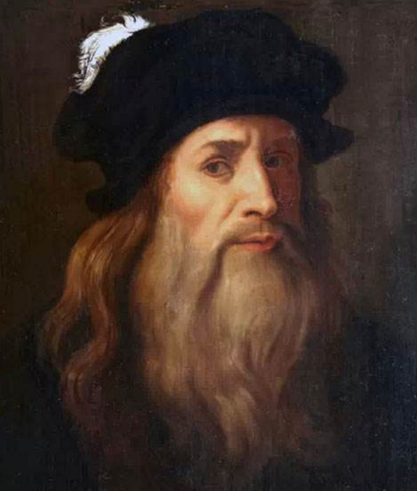
1.What does the underlined word “naps” in the first paragraph mean in Chinese?
A 熟睡.
B 打盹儿.
C 休息.
D 沉思.
解析:选B。词义猜测题。根据第一段最后一句He didn’t sleep at night for a long time but his sleep would consist of several naps every 24 hours.可知达芬奇不会在晚上长时间睡觉而是每天短短的睡几次,即nap是sleep类似的词,只是时间较短而已,意为“小睡或打盹儿”,故选B。
2.How did Lev Tolstoy get his clothes in his late years?
A He bought them from the shop.
B He was given by his friends.
C He received them from his family.
D He made them by himself.
解析:选D。细节理解题。根据第二段最后一句He became a vegetarian wearing peasant clothes and shoes, which, despite not being too skilled, were made by himself.可知托尔斯泰后来改变了生活方式,穿的衣服都是自己做的,故选D。
3.Which of the following has a strange eating habit?
A Da Vinci.
B Lev Tolstoy.
C Erik Satie.
D Michelangelo.
解析:选C。细节理解题。根据第三段第二、三句For starters, his eating habits were something else. He only ate food that was white, such as eggs, sugar, salt, coconuts, rice and similar.可知Erik Satie有奇怪的饮食习惯,故选C。
4.What can we learn about Michelangelo?
A He had a strict time arrangement.
B He only wore white clothes.
C He didn’t eat meat from animals.
D He didn’t like cleaning himself.
解析:选D。细节理解题。根据第四段第二、三句Michelangelo slept with his clothes and boots on, without removing them for days. He avoided showering and even considered it a health hazard.可知Michelangelo不爱洗澡,也不爱换衣服,因此是不太爱干净,故选D。
5.What is the best title for this passage?
A The things you don’t know about the celebrities.
B Everyone has something that goes against the public.
C Strange habits may help you live longer.
D The wisdom helps you become a great man.
解析:选A。主旨大意题。本文主要介绍了几个名人的奇怪的习惯,只有A选项“你所不知道的名人怪事”符合主旨,故选A。